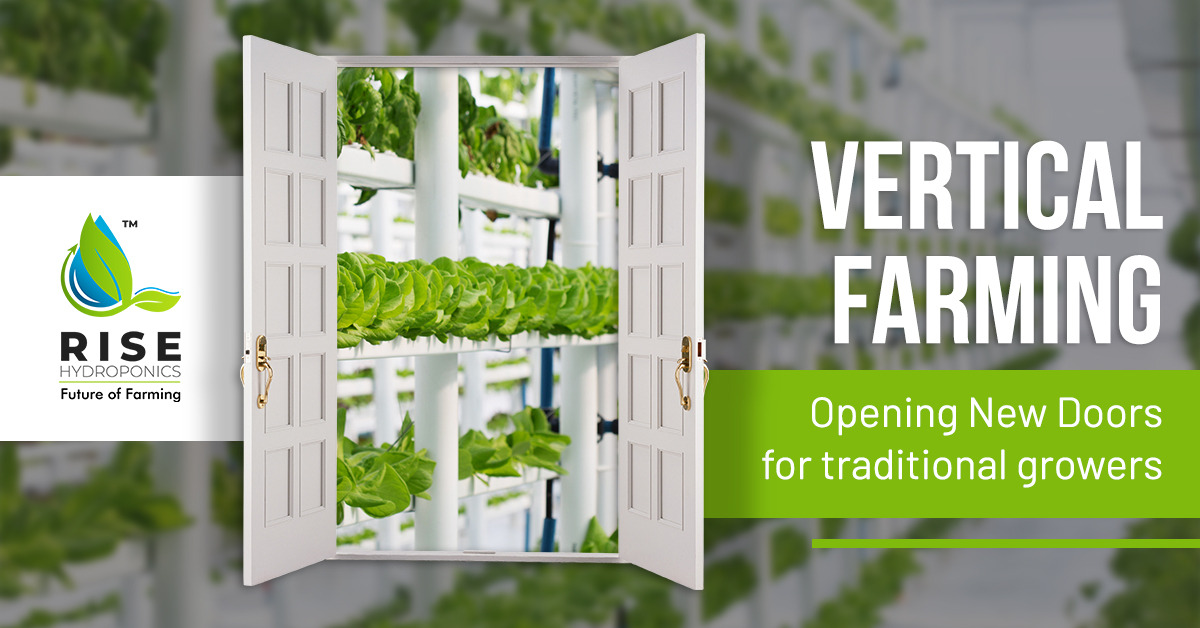Who doesn’t love good food?
Made by moms or celebrated chefs, all those clicks of colorful dishes spark a new discussion among our friends and sometimes brings water in their mouth too.
We all aspire for tasty, healthy and delicious food. And this becomes possible only when we get our hands on fresh vegetables and fruits. But have you ever thought who ensures the health and freshness of our food? Any guesses? Here’s the answer-
“It’s the hard-working farmers of India”.
From waking up as early as 4 in the morning for giving water to the crops to observing the growth of every plant on the farm and getting rid of pests, this farmer is the one who takes care of our food. Those veggies that eventually end up on our plates and nourish us with healthy nutrients are a result of thousands of hours of labor and hard work.
Until now most of us had this image of a farmer who’s tiling large fields with the help of bovines and a person who works during all the seasons on these fields.
But today if you dig deeper then you’ll be taken aback by the fact that many farmers have seriously taken up Vertical Farming and are showing really extraordinary results.
Call it the rise of a new wave of farmers who are using the best of technology for growing food for an ever-expanding population.
We are pretty sure that by now your mind must be buzzing with curiosity on learning what exactly is vertical farming? How is it different than traditional soil-based farming? And why Vertical Farming is gaining popularity?
By the way, Vertical Farming & Hydroponics have just given new hopes to farmers who were solely dependent on traditional methods. So, come let’s get started with the basics and find out what’s driving more and more people towards vertically grown crops and herbs.
WHAT IS VERTICAL FARMING?
When plants are grown in a controlled environment wherein large trays of plants are placed over each other in stacked layers, this method of farming goes on to be known as Vertical farming.
It is a kind of Soilless farming where instead of soil, the plants are provided a growing medium like cocopeat, rockwool, perlite, etc. And these plants are nourished with the help of constant circulation of water and rich nutrients that are supplied directly into the roots.
Moreover, vertical farms ensure higher yields of nutritious crops that are always protected with the right temperatures and are free from pesticides and insecticides.
HOW IS VERTICAL FARMING DIFFERENT THAN TRADITIONAL FARMING?
Just saying about soil and soilless would suffice so less about vertical farming. So, here we bring you all the factors that demonstrate why Vertical farming is gaining momentum in India and everywhere around.
Controllable Factor
Vertical Farming is basically a form of Controlled Environment Agriculture (CEA). This means that plants are raised in an enclosed environment where temperature, humidity, airflow and lights, are all fine-tuned for giving the best possible ecosystem for plant growth. It also means that Vertical Farms get rid of irregular weather changes and climatic patterns that otherwise spoil the whole crop grown under traditional soil-based farming.
Turnaround time
Time and again, Vertical Farming has shown a multifold increase in crop growth as well as the number of crop cycles registered in a year. This leads to a rise in farm output and more food production in a year as compared to Traditional Soil Based farming. In simple words, a vertical farm has the potential of turning around 4-5 Crop cycles in a year if properly cared and maintained. Whereas in traditional farming, you’ll observe only 2 crop cycles in a year.
Multiple Crop Production
Earlier you must have seen a large farmland dedicated to a single crop. But with Vertical Farming, now people have this benefit of raising multiple crops within the same controlled environment. And all this on just the same piece of land. So, that’s how farmers satisfy the market demand by raising multiple kind of crops rather than just depending on one.
Round the year production
Now this is the best part about Vertical Farming. With Controlled Environment, vegetables and herbs can be grown all year around irrespective of the change in season. So, the consumers will always enjoy fresh crops at all times of the year and that too with the same delicious taste. Whereas this is not possible with Traditional farming because of its dependence on seasonal crops. And yes, vertical farms are insulated from all kinds of climatic changes occurring outside. So, that’s where hydroponics wins the game.
NEW OPPORTUNITIES WITH VERTICAL FARMING
Now that you have gained a good insight into how vertical farming works, its time we reveal the opportunities that attract traditional growers toward hydroponics.
Medicinal Herbs
Medicinal herbs like Ashwagandha (Winter Cherry), pudina(mint), Tulsi and so many other herbs can be vertically grown by hydroponics farming. Medicinal herbs help farmers gain enormous demand from Pharmaceutical and Nutraceutical Manufacturers. And crops grown in a regulated environment can also fetch higher prices.
Exports Market
Experts may quote, that crops grown in vertical farms are pricier than the traditionally grown crops- which is somewhat agreeable until the farm breaks even. But farmers still stand to gain when these crops are already attracting buyers from Gulf Nations and other Asian nations. So, a new revenue stream opens up for farmers who wish to serve export markets too.
Contract With HoReCa
Leafy green crops like lettuce, parsley and Lolo Rosso are always in demand because of their widespread use in the foods served at Restaurants and Cafes. With the popularity of vertical farming, many of the Resorts, Hotels and Food Joints are signing year long agreements with Hydroponics Farms that can always supply them fresh and healthy veggies.
With Food Processing Companies
MNCs and huge organizations always require crops that are grown as per the strictest of benchmarks and global standards. And most of them are gradually transitioning towards vertical farms that take care of every miniscule activity and report about the growth stages with utmost fairness. So, this has opened new doors of earning for traditional growers who are now actively engaged in soilless farming.
Retail Markets
A sudden jump in awareness about health and hygiene has worked in favor of vertical farming. Now there’s a sharp uptick in the number of people who are signing up for monthly subscription of Salad Boxes that contain green leafy veggies grown at vertical farms in close proximity of their own city. This fact is supported by the recent growth of Rise Hydroponics’ brand “Rise Freshz”, that’s recording newfound success in the retail segment with plans of even going for a nationwide expansion in the coming months.
COMPETITION IN VERTICAL FARMING
After reading about the atomic rise of Vertical Farming, you may also think that “Is it all sunshine and rainbows?”. Of course not. Its not just traditional growers, but also famous investors and entrepreneurs who are making inroads into hydroponics. That’s exactly the spot that can make or break the game. But how? Here are the on-ground reasons:
- Investment: The whole setup, technology and sensors ask for impressive amounts of funds. If the project feasibility is performed by an expert team, then there are chances of success with right people on board.
- Skilled People: Vertical farms require the services and wisdom of agronomists, horticulturists and agriculture experts, who can guide you on the kinds of plants to be raised and everything from nutrition and minerals to temperature conditions.
- Maintenance & Operations: The real battle starts after the plant is commissioned and handed over to the owners. It is always advisable to sign for the services of hydroponics project developers who have shown great flair in maintenance of daily operations of large-scale vertical farms.
- Finding Buyers: A right crop growth strategy will help growers in finding buyers for their whole produce. Just raising some well-known crops won’t guarantee you a sure shot sale after every crop cycle.
WHY VERTICAL FARMING IS POPULAR AMONG TRADITIONAL GROWERS?
For long, farmers underwent a lot of problems due to middlemen and uneven crop growth due to seasonal changes. But Vertical farming has come to their rescue with these valid reasons:
Smart Farming Methods
Every activity at a Vertical farm is backed by data and scientific knowledge. And this assures farmers of consistent crop yields by the use of automatic machines, sensors and instant human intervention.
Brings Sustainability
Hydroponics and soilless farming has suddenly piqued the interests of modern tech-savvy generation that again wants to take up farming.
Flexibility
Vertical Farming is not about fully leaving behind the soil-based agriculture. Of course, it saves a lot of space by boosting the crop outputs, but sometimes its also about the innate nature of crops. So, growers have this flexibility to choose from crops that need extra care and crops that need more of a natural habitat. This makes things pretty easy in the long run.
START OF A NEW ERA
Agriculture has just received the needed push with the debut of Vertical Farming.
The potential seems to be huge if properly implemented along with a good hydroponics project developer by your side.
We hope you enjoyed reading this blog.
If you are excited to know more about Vertical farming or wish to learn on how to get started with hydroponics, then please feel free to write to us on contact@risehydroponics@gmail.com
Stay updated with the best tips on hydroponics delivered straight into your inbox by Rise Hydroponics.

